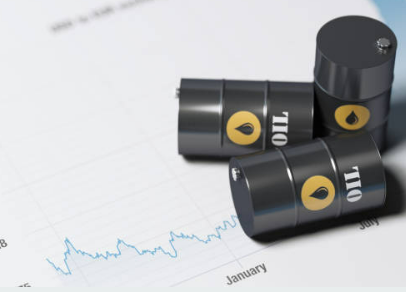
Charlie Brooks
Jul 15, 2022 10:35

According to a research published late on Wednesday, solar energy prices in the United States climbed by 8.1% in the second quarter as a result of an investigation by the Commerce Department into tariffs on Southeast Asian products and growing input costs.
According to a quarterly index that analyzes renewable energy transactions and is collected by LevelTen Energy, the increase amounted to a remarkable 29.7 percent increase in the overall price of wind and solar contracts, also known as power purchase agreements (PPAs), compared to the previous year.
Compared to the previous year, the cost of solar PPAs has climbed by 25.7%.
Since the Russian invasion of Ukraine, economic, logistical, and labor market problems caused by the coronavirus outbreak have intensified, undoing a decade of renewable energy industry cost reductions.
Wind contract expenditures grew by 2.5% during the quarter and have grown by 33.7% annually. Third-quarter wind energy costs in the Southwest Power Pool (NASDAQ:POOL) jumped by 16 percent due to a lack of transmission capacity. Some of the nation's most windy regions, including parts of Nebraska, Oklahoma, and Texas, are served by the grid operator.
LevelTen claimed that it was too soon to evaluate whether or not the decision by U.S. President Joe Biden in early June to waive tariffs on solar panels from the four Asian countries included in the probe for two years will alleviate some of the cost pressure.
In a survey of fifty developers conducted by the firm, around one-third responded that they wanted additional assurances that tariffs would not be applied retroactively if the Commerce Department were to implement them after the two-year wait.
LevelTen reports that the rising cost of wind and solar contracts for corporate and utility buyers has mirrored the rising cost of natural gas-related wholesale energy prices.

Jul 13, 2022 11:03
